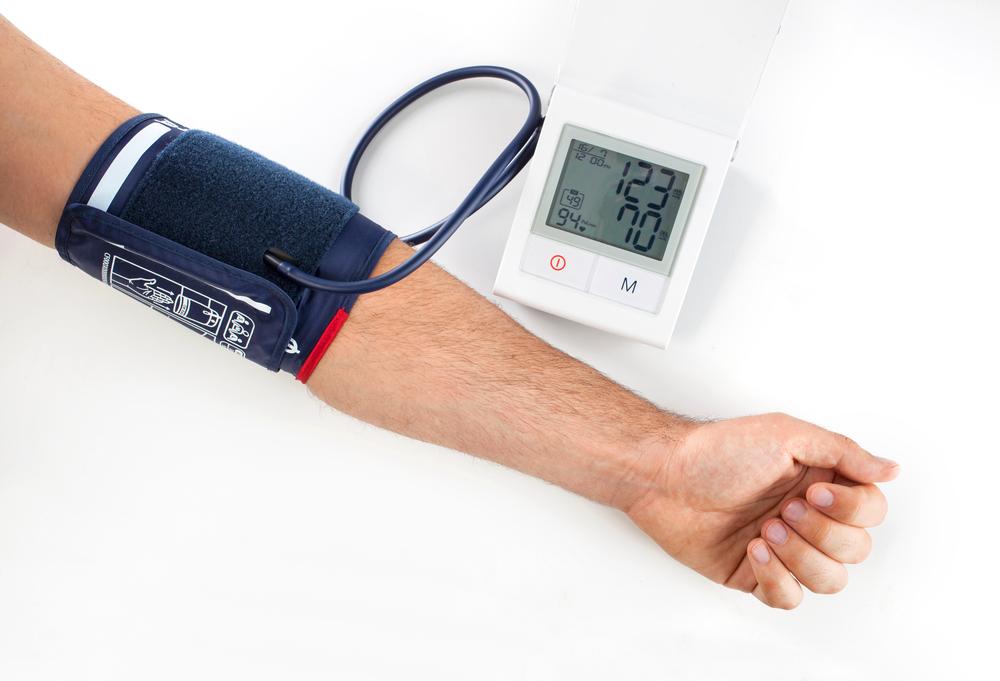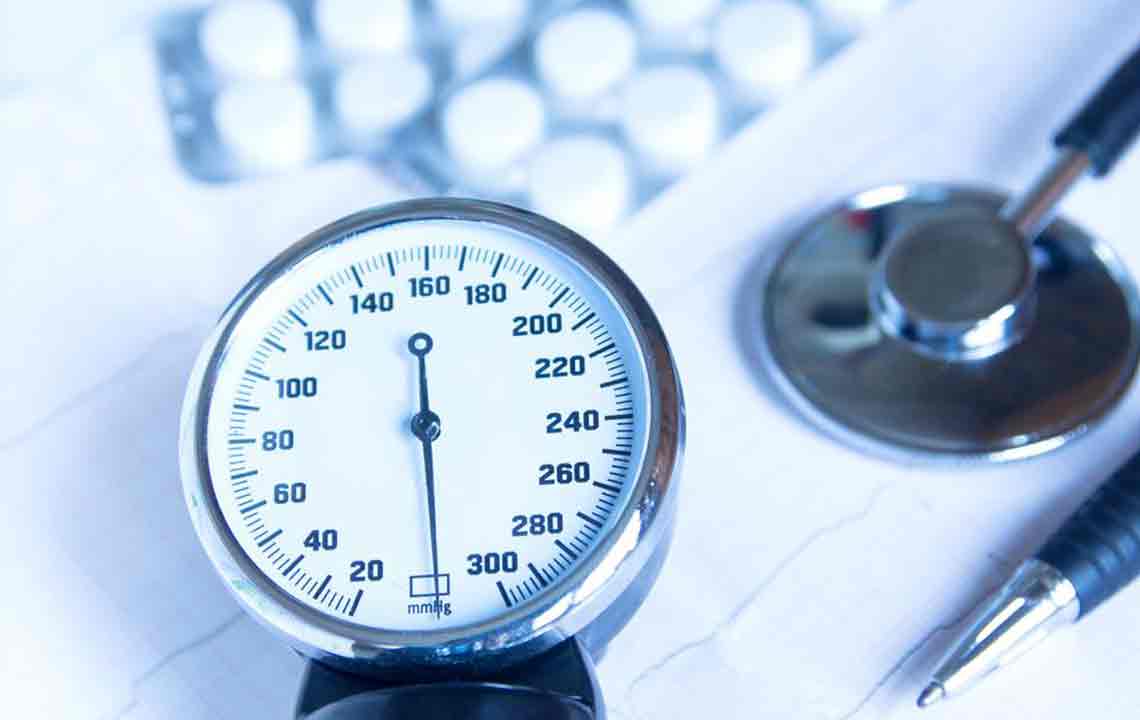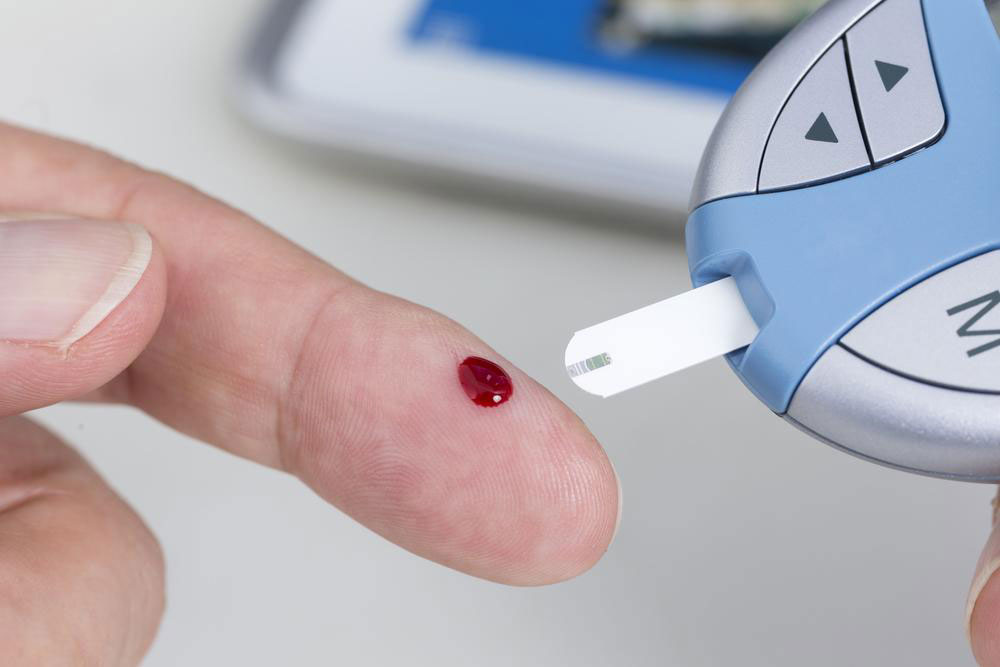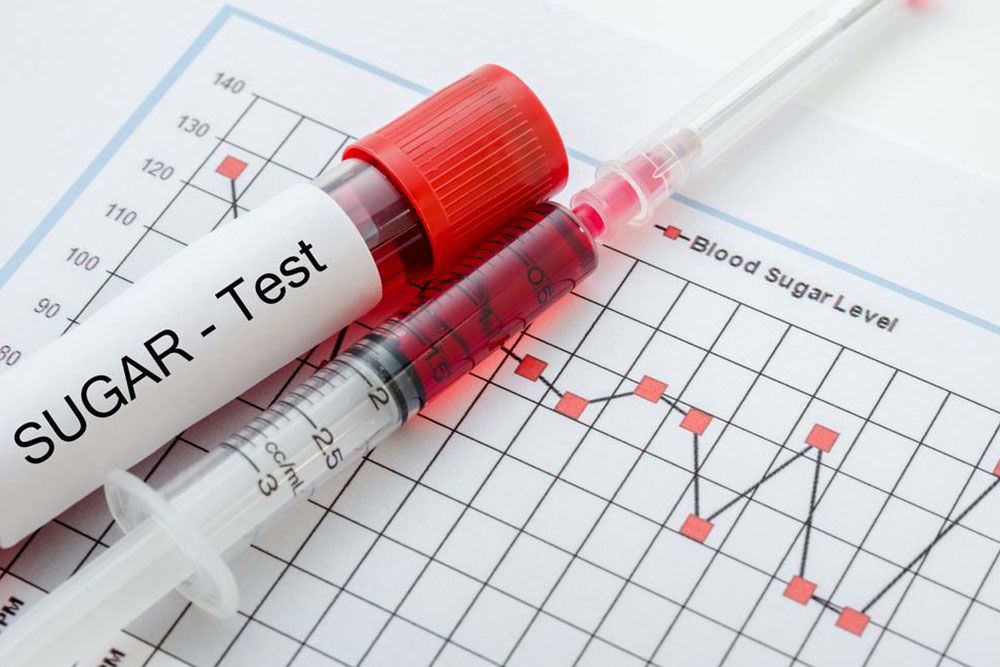Understanding Blood Pressure Levels and Their Significance
This article explains blood pressure readings, their significance, and stages of hypertension. It highlights healthy ranges, prehypertension, and hypertension stages, emphasizing lifestyle changes and medical intervention. Recognizing blood pressure levels helps in preventing heart disease and stroke. Immediate care is required during hypertensive crises, making awareness vital for maintaining cardiovascular health.
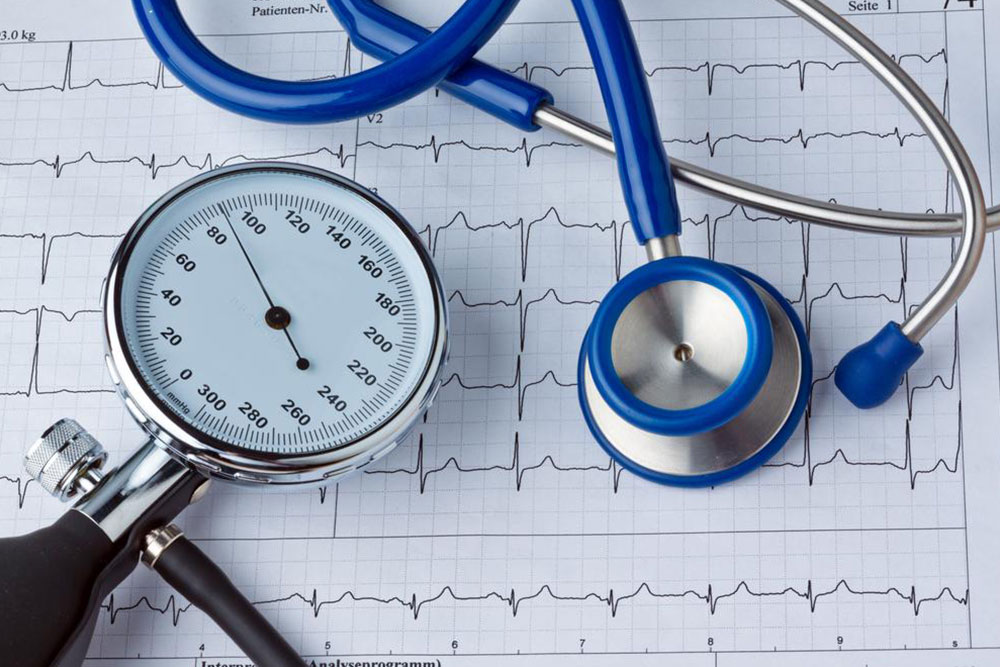
Understanding Blood Pressure Levels and Their Significance
When a healthcare professional measures your blood pressure, they record it as a fraction. The top number represents systolic pressure, indicating the force in your arteries during heart contraction. The bottom number denotes diastolic pressure, showing the pressure when the heart is at rest between beats. Both readings are essential in assessing cardiovascular health.
Optimal Range
An ideal blood pressure reading is around 120/80 mmHg. Systolic should fall between 90-120 mmHg, and diastolic between 60-80 mmHg.
The American Heart Association states that healthy blood pressure levels lie within this range. Readings are expressed in millimeters of mercury (mmHg). Maintaining these levels typically requires a healthy lifestyle, including regular exercise, balanced diet, and weight control.
Borderline or Prehypertension
If your reading exceeds 120/80 mmHg, it indicates prehypertension, requiring lifestyle adjustments.
Prehypertension occurs when systolic pressure is between 120-139 mmHg and diastolic between 80-89 mmHg. These figures are not yet classified as hypertension but indicate increased risk. Without intervention, it may progress to high blood pressure, raising the risk of stroke and heart disease. Lifestyle changes such as healthy eating, weight loss, and exercise can help normalize blood pressure.
Hypertension Stage 1
When systolic pressure ranges from 140-159 mmHg and diastolic from 90-99 mmHg, it indicates Stage 1 hypertension. Usually diagnosed when high readings persist, management involves lifestyle modifications and medications if necessary, under medical supervision.
Hypertension Stage 2
Readings of 160+ systolic or 100+ diastolic signify Stage 2 hypertension. Doctors may prescribe medications, but vital lifestyle changes are recommended to help control blood pressure and reduce dependency on medicines.
Hypertensive Crisis
If blood pressure exceeds 180/110 mmHg, it indicates a medical emergency requiring immediate attention. Signs such as chest pain, dizziness, sweating, or blood in urine necessitate urgent medical consultation.




